Related Research Articles

This is the main article of a series that covers the history of Seattle, Washington, a city in the Pacific Northwest region of the United States of America.
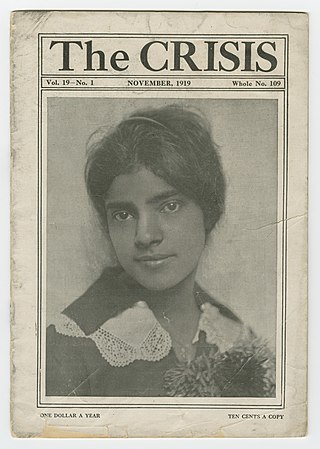
The Crisis is the official magazine of the National Association for the Advancement of Colored People (NAACP). It was founded in 1910 by W. E. B. Du Bois (editor), Oswald Garrison Villard, J. Max Barber, Charles Edward Russell, Kelly Miller, William Stanley Braithwaite, and Mary Dunlop Maclean. The Crisis has been in continuous print since 1910, and it is the oldest Black-oriented magazine in the world. Today, The Crisis is "a quarterly journal of civil rights, history, politics and culture and seeks to educate and challenge its readers about issues that continue to plague African Americans and other communities of color."
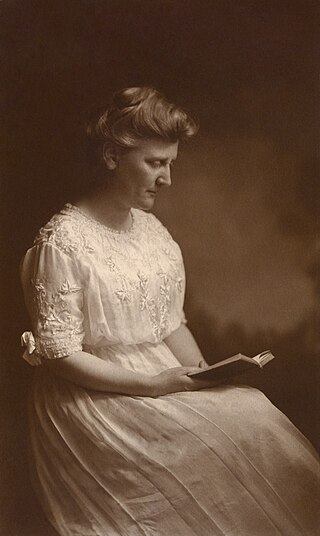
Mary White Ovington was an American suffragist, journalist, and co-founder of the National Association for the Advancement of Colored People (NAACP).

Archibald Henry Grimké was an African-American lawyer, intellectual, journalist, diplomat and community leader in the 19th and early 20th centuries. He graduated from freedmen's schools, Lincoln University in Pennsylvania, and Harvard Law School, and served as American Consul to the Dominican Republic from 1894 to 1898. He was an activist for the rights of Black Americans, working in Boston and Washington, D.C. He was a national vice-president of the National Association for the Advancement of Colored People (NAACP), as well as president of its Washington, D.C. chapter.
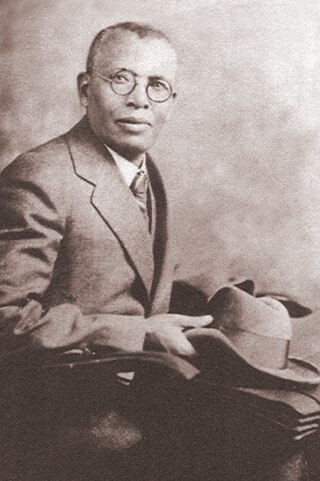
Horace Roscoe Cayton Sr. was an American journalist and political activist. The son of a slave and a white plantation owner's daughter, Cayton went to Seattle, Washington, in the early 1890s, launching his own newspaper, The Seattle Republican, in 1894. The paper was the longest-lived of seven African-American newspapers appearing in Seattle between 1891 and 1901, terminating only in 1913.
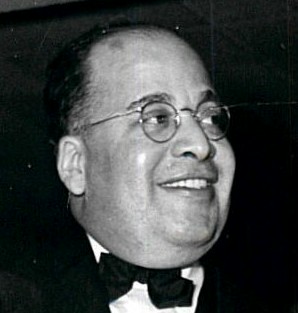
John Preston Davis was an American journalist, lawyer and activist intellectual, who became prominent for his work with the Joint Committee on National Recovery (JCNR). In 1935, he co-founded the National Negro Congress, an organization dedicated to the advancement of African Americans during the Great Depression.
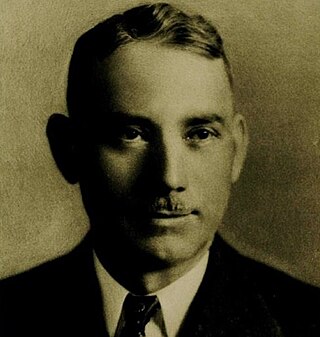
Wesley Lloyd was an American attorney and politician from Tacoma, Washington. A Democrat, he was most notable for his service as a U.S. Representative from 1933 to 1936.

The Murray Morgan Bridge, also known as the 11th Street Bridge or City Waterway Bridge, is a vertical-lift bridge in Tacoma, Washington. It originally opened February 15, 1913, to replace an 1894 swing-span bridge. The bridge connects downtown with the tidal flats, it spans the Thea Foss Waterway, originally known as the City Waterway. Designed by noted bridge engineering firm Waddell & Harrington, the bridge has some unusual features: higher above the water than most lift bridges, construction on a variable grade and an overhead span designed to carry a water pipe. The bridge structure also contained a series of switchback ramps that connected what is now Cliff Street with Dock Street. According to the Department of Transportation, the towers are 207 feet 1.75 inches (63.1381 m) above the water, with the road deck 60 feet (18 m) above the water level at zero tide. It was modified and updated in 1957 and was used to route State Route 509 through the tidal flats. The bridge was bypassed in the late 1990s when State Route 509 was routed around the edge of the tidal flats. While WSDOT wanted to tear down the bridge, the City of Tacoma convinced the state to transfer ownership to the City. In the past, the bridge has been heavily used by commuters and emergency services in connecting the Port of Tacoma with downtown Tacoma.
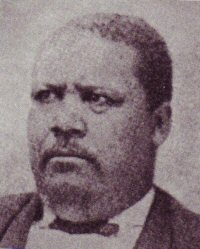
William Grose was an African-American pioneer of Seattle. He was that city's second black resident, and the wealthiest nineteenth-century member of Seattle's black community. His ranch on the former outskirts of town, along East Madison Street, eventually became the center of Seattle's black middle class.

Roche Harbor is a sheltered harbor on the northwest side of San Juan Island in San Juan County, Washington, United States, and the site of a resort of the same name. Roche Harbor faces Haro Strait and the Canada–United States border. The harbor itself provides one of the better protected anchorages in the islands. The harbor is surrounded on the east side by San Juan Island, on the north side by Pearl Island, and on the west and south sides by Henry Island. Most of the harbor is 35 to 45 feet deep. Roche Harbor has a small airport used primarily by local residents.
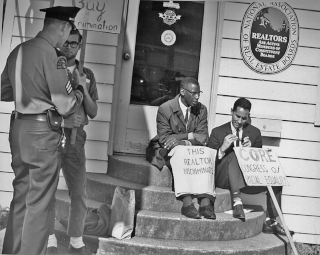
The Seattle movement was part of the wider Civil Rights Movement, taking place in Seattle, Washington in the 1960s.

Emmett Jay Scott was an American journalist, founding newspaper editor, government official and envoy, educator, and author. He was Booker T. Washington's closest adviser at the Tuskegee Institute. He was responsible for maintaining Washington's nationwide "machine," with its close links to the black business leadership, white philanthropists, and Republican politicians from the local level to the White House. After Washington's death, Scott lost his Tuskegee connection, but moved to Washington, D.C. as Special Adviser of Black Affairs to Secretary of War Newton D. Baker. Scott was the highest-ranking African-American in President Woodrow Wilson's administration. After 1919, he was less and less visible in national affairs, with the NAACP taking the leadership role that Booker T. Washington had dominated.

Susie Revels Cayton was a writer, editor, activist, and leader in the African-American community in Seattle at the start of the 20th century.
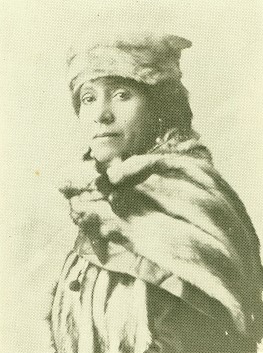
Nettie Asberry was an African-American leader, music teacher, and centenarian who helped to found the Tacoma NAACP and was active in the Washington State Association of Colored Women's Clubs.
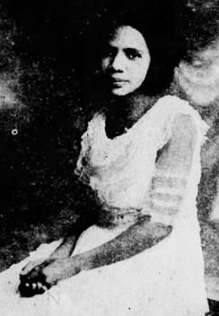
Lodie Maurine Biggs, later Lodie Biggs Moore, was an American bacteriologist, bookseller, and civil rights activist.
Neva Mary Peoples was a singer and dancer who appeared in several films in the United States. She performed as a singer, dancer, and chorus girl.
Jamila E. Taylor is an American attorney, activist, and politician who is a representative for District 30 in the Washington House of Representatives. Elected in 2020, she assumed office on January 11, 2021.
The Forum was an African-American owned newspaper founded by John Henry Ryan and Ella Ryan and published by the Graham–Hickman Company weekly from 1903 to 1918 covering the Tacoma area of the U.S. state of Washington. It was founded on July 3, 1903 and ceased publication on December 28, 1918. While the second page of the paper contained black society news, the paper covered mostly local politics and had mainly white readers and advertisers. The Forum published occasional reprinted pieces from other publications with black interests. In 1906, Ella became sole publisher and editor. John was still listed on the masthead as editor, although he pursued a political career.
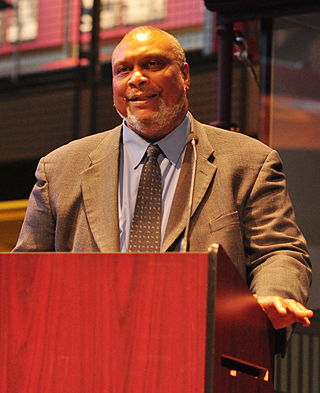
Quintard Taylor is a historian, founder of BlackPast.org, an online encyclopedia dedicated to provide public with information concerning African-American history, and former professor of University of Washington.
References
- ↑ "Ryan, John Henry (1865-1943) and Ella (1866-?)". www.historylink.org.
- ↑ "Ella & John Ryan •". January 21, 2007.
- ↑ Taylor, Quintard (June 7, 2022). The Forging of a Black Community: Seattle's Central District from 1870 through the Civil Rights Era. University of Washington Press. ISBN 9780295750651 – via Google Books.
- ↑ Hornsby, Alton (August 31, 2011). Black America: A State-by-State Historical Encyclopedia. ABC-CLIO. ISBN 9780313341120 – via Google Books.
- ↑ "Charles Stokes becomes Washington". www.historylink.org.
- 1 2 "House Class Photos 1921". leg.wa.gov.
- ↑ "House Class Photos 1923". leg.wa.gov.
- ↑ "Negro Year Book". Negro Year Book Publishing Company. February 18, 1922 – via Google Books.
- ↑ Taylor, Quintard (July 1, 2011). "The Forging of a Black Community: Seattle's Central District from 1870 through the Civil Rights Era". University of Washington Press – via Google Books.
- 1 2 Lowe, Turkiya (January 21, 2007). "Ella & John Ryan •".
- 1 2 3 4 5 6 "Ryan, John Henry (1865-1943) and Ella (1866-?)". www.historylink.org.